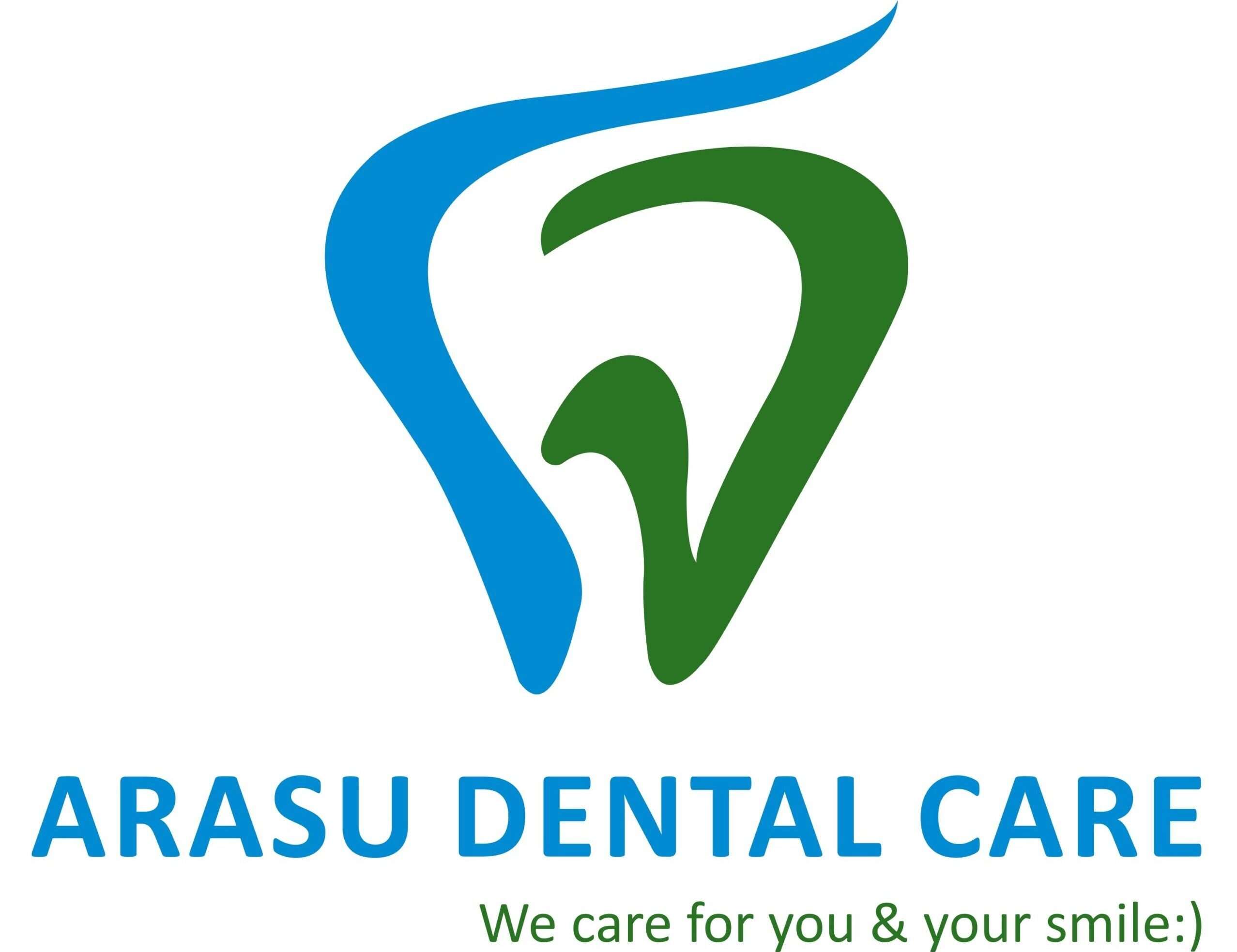Missing Teeth Replacement

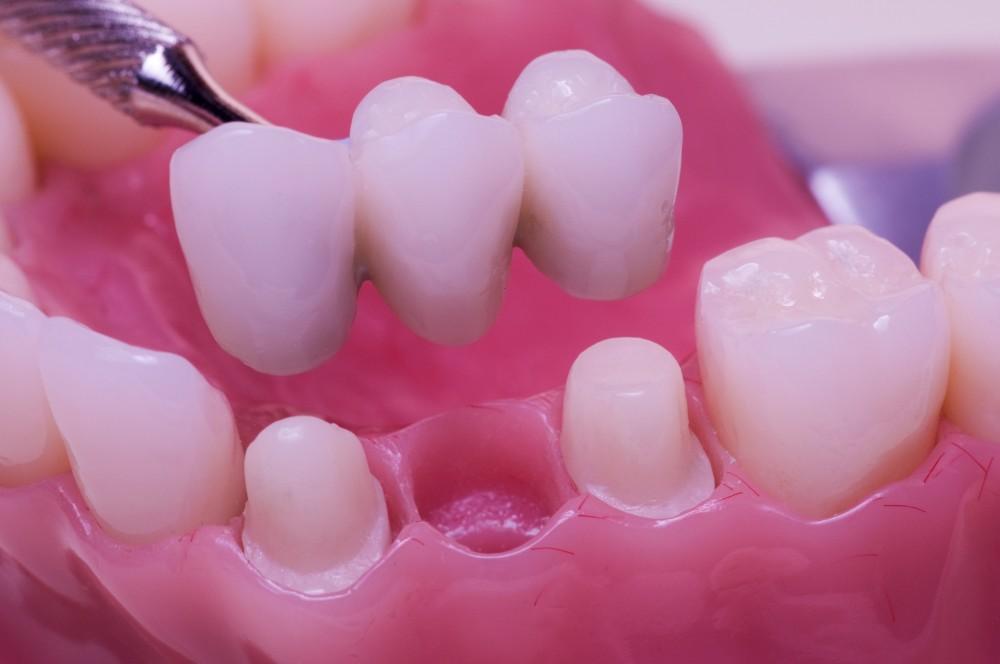
Complete Denture Treatmetn in Coimbatore
dental bridges back teeth in coimbatore
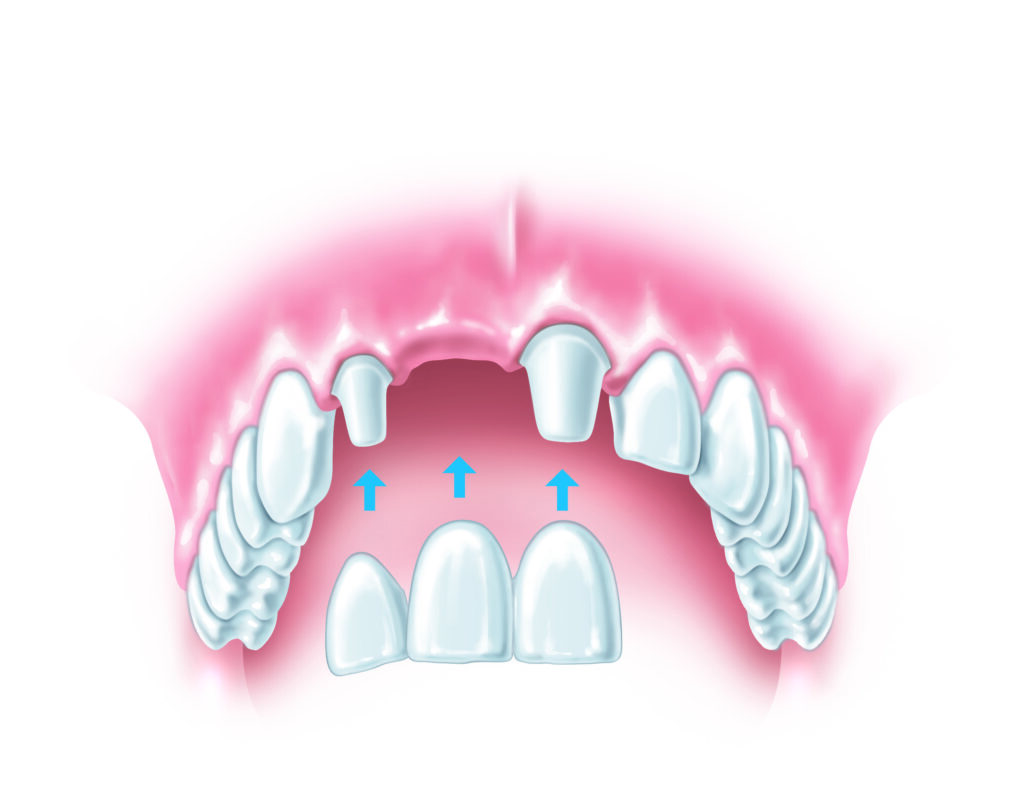
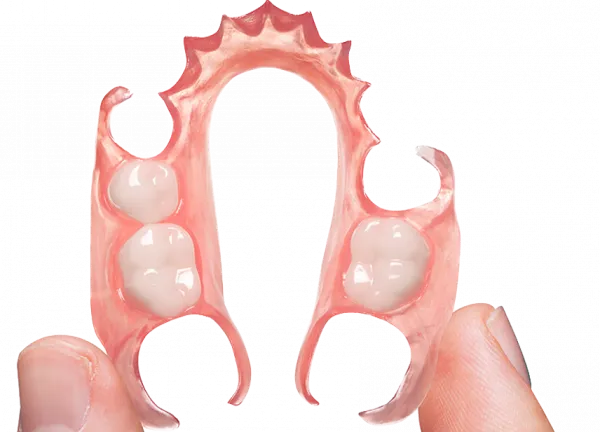
fixed bridge treatment in coinbatore
flexible denture in coimbatore
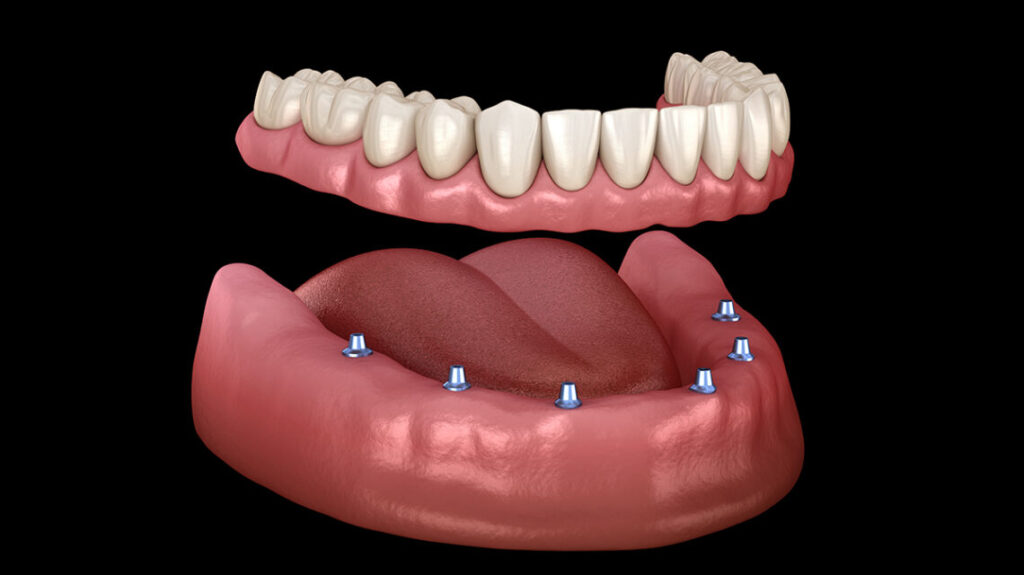
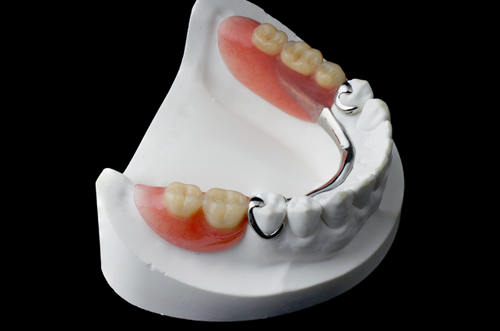
implant supported dentures in coimabtore
partial denture in coimbatore
Losing a tooth can have significant implications not only for your smile but also for your overall oral health. Whether due to decay, injury, or other factors, the absence of a tooth necessitates timely replacement to maintain proper dental function and prevent further complications. Here’s an in-depth look at the various options for missing tooth replacement, including their benefits, limitations, and considerations.
- Dental Implants
Overview: Dental implants are considered one of the most advanced and effective solutions for replacing missing teeth. An implant involves a titanium post that is surgically inserted into the jawbone, where it serves as a replacement root. After the implant integrates with the bone (a process called osseointegration), a dental crown is placed on top to complete the restoration.
Benefits:
– Natural Appearance and Function: Implants closely mimic the look and function of natural teeth, offering a seamless and aesthetically pleasing solution.
– Bone Preservation: Implants help maintain jawbone density by stimulating the bone, which prevents the bone loss that often occurs after tooth loss.
– Longevity: With proper care, implants can last for decades, often longer than other tooth replacement options. Full denture implants typically offer a long-lasting solution for tooth replacement, with dental implants themselves having the potential to last a lifetime if properly cared for, while the dentures attached to them usually require less frequent replacement compared to traditional removable dentures.
Limitations:
– Surgical Procedure: Implant placement requires surgery and involves a healing period during which osseointegration occurs. This process can take several months.
– Cost: Implants are generally more expensive than other options. The overall cost includes the implant, abutment, and crown, as well as any preparatory procedures such as bone grafting if needed. Fixed dental prosthesis cost, including dental implants, can vary depending on the materials used and the complexity of the procedure. In discussions about implant costs, it’s important to note that implant-supported bridges cost can be higher due to the need for multiple implants and the complexity of the bridge construction.
Considerations:
– Bone Density: Adequate bone density is necessary for successful implant placement as permanent tooth replacement. If the bone has deteriorated, additional procedures like bone grafting may be required.
– Health Status: Good overall health is crucial for successful implant surgery and healing. Conditions like diabetes or smoking can affect the success rate.
In conclusion, full mouth denture implants represent a highly effective option for those needing complete tooth replacement, offering superior stability, durability, and comfort compared to traditional dentures. By integrating multiple implants to secure a full set of dentures, patients can enjoy a more natural and reliable solution for their dental needs. Full mouth implant dentures represent a robust option for those requiring a complete dental restoration, as they use a series of strategically placed implants to support an entire arch of replacement teeth. This method ensures a secure fit and improved chewing ability, offering a significant upgrade over conventional denture solutions.
Top of Form
Bottom of Form
- Dental Bridges
Overview: A dental bridge is a fixed prosthesis consists of one or more artificial teeth (pontics) anchored to the adjacent natural teeth (abutments) or implants. The bridge spans the gap created by the missing teeth and restores function and appearance. There are several types of dental fixed prosthesis, including traditional bridges, cantilever fixed dental prosthesis, Maryland bridges, and single tooth bridges, each designed to replace missing teeth in different scenarios. A cantilever fixed dental prosthesis is used to replace a missing tooth when there are only teeth on one side of the gap. Unlike traditional bridges that are supported by crowns on both sides of the missing tooth, a cantilever fixed dental prosthesis is anchored to just one adjacent tooth. This type of prosthesis is useful when there is only one natural tooth available for support, often in areas with less bite pressure, such as the front teeth.
Benefits:
– Non-Surgical: Unlike implants, bridges do not require surgery, making them a less invasive option. The doctors mostly recommends a a dental fixed prosthesis to restore smile, choosing a solution that permanently anchors artificial teeth to the surrounding natural teeth or implants.
– Quicker Process: The process of getting a bridge is generally faster than getting an implant, often completed within a few weeks. The dentist recommends a dental fixed prosthesis for a quicker, more permanent solution to replace the missing teeth.
– Restores Function: Bridge for teeth restore chewing ability and improve speech by filling the gap left by the missing teeth. Even A single tooth bridge effectively restores function by replacing the ssmissing tooth, allowing the patient to chew and speak normally again. A cantilever implant prosthesis is used to replace a missing tooth in cases where the prosthesis is supported by a single dental implant rather than multiple implants or natural teeth on both sides. This type of prosthesis is typically employed in situations where there’s only one suitable location for an implant, often in less load-bearing areas like the front of the mouth. This type of cantilever implant prosthesis allows for the replacement of a missing tooth without the need for additional implants or altering neighboring teeth.
Limitations:
– Tooth Preparation: The adjacent teeth (abutments) need to be prepared by removing some of their structure to accommodate the bridge, which can affect their long-term health.
– Longevity: Bridges for teeth typically last 5-15 years and may need replacement or adjustment over time.
Considerations:
– Adjacent Teeth Health: The health and strength of the adjacent teeth are crucial for the success of a permanent tooth replacement. If these teeth are not in good condition, they may not support the bridge effectively. A bridge for teeth is exactly what needed for restore both smile and maintain good teeth health.
– Maintenance: Bridges require careful cleaning to prevent decay or gum disease around the abutments.
Implant supported bridges
Implant-supported bridges are a dental restoration method used to replace multiple missing teeth. Unlike traditional bridges that rely on adjacent natural teeth for support, full arch fixed implant-supported bridges use dental implants, which are titanium posts surgically placed into the jawbone. These implants act as artificial tooth roots, providing a stable foundation for the bridge. A fixed hybrid dental prosthesis combines the benefits of dental implants with a fixed bridge structure, providing a secure, stable, and aesthetically pleasing restoration by anchoring a full arch of artificial teeth onto implants placed in the jawbone.
The process begins with the placement of dental implants into the jawbone. After this surgery, a healing period of several months is required for the implants to integrate with the bone through osseointegration. During this time, temporary restorations may be used. Once healing is complete, abutments are attached to the implants. These abutments act as connectors for the bridge. In cases of multiple tooth loss, an implant-supported bridge can be paired with a fixed denture prosthesis to provide a stable and long-lasting solution, ensuring that the dentures are securely anchored to the dental implants. Full mouth implant dentures provide a comprehensive solution for replacing all missing teeth in both the upper and lower jaws, utilizing multiple implants to secure a complete set of artificial teeth. This approach offers enhanced stability and function, significantly improving the overall experience compared to traditional removable dentures.
Top of Form
Bottom of Form
A custom bridge, designed to match the natural teeth in color, shape, and size, is then created. This bridge consists of artificial teeth (pontics) that are attached to the abutments. The final step is the attachment of the bridge to the abutments, resulting in a stable, functional, and aesthetically pleasing restoration. A fixed implant prosthesis offers a permanent and stable solution for replacing missing teeth, as it is securely attached to dental implants.
Full arch fixed Implant-supported bridges offer several benefits. They provide superior stability and prevent the bridge from shifting, unlike traditional bridges. They also help preserve jawbone density by stimulating the bone, which reduces bone loss that typically occurs with missing teeth. Additionally, implant-supported bridges are durable, often lasting many years with proper care, and they do not require the alteration of adjacent natural teeth, preserving their integrity. For patients with extensive tooth loss, a fixed denture prosthesis combined with implant-supported bridges offers a reliable and durable restoration, firmly attaching the denture to strategically placed implants for improved function and comfort.
Candidates for this procedure typically have good oral health, sufficient jawbone density, and no untreated gum disease. Although more expensive than traditional bridges, the longevity and benefits of implant-supported dental fixed prosthesis can make them a valuable investment for restoring both function and appearance.When considering implant-supported dentures, it’s important to factor in the implant-supported bridges cost, which can influence the overall expense of the procedure. Implant-supported bridges, also known as fixed implant prosthesis, use titanium posts placed in the jawbone to securely anchor a bridge of artificial teeth, providing stability, preserving jawbone density, and offering a durable and natural-looking restoration without altering adjacent natural teeth.
- Partial Dentures
Removable partial denture
Overview: Partial dentures are removable appliances designed for missing tooth relacement of one or more teeth. They are typically made of acrylic resin, metal, or a combination of materials, and are secured in place with clasps that attach to remaining natural teeth. Partial dentures for back teeth offer flexibility in tooth replacement options, as they can be easily adjusted or modified to accommodate changes in oral health or fit. There are diffferent types of partial dentures available, including removable partial dentures, which can be easily taken out and cleaned; fixed partial dentures, also known as bridges, which are cemented into place; and implant-supported partial dentures, which are anchored to dental implants for added stability.
A flexible partial denture is a type of removable partial denture designed to replace missing teeth while offering greater comfort and aesthetics compared to traditional metal-based partial dentures. Unlike conventional dentures that use rigid materials such as acrylic and metal, flexible partial dentures are made from a thermoplastic resin, which allows them to be more pliable and adapt to the contours of the mouth.
This flexibility offers several advantages. Firstly, the flexible material can fit snugly around natural teeth and gums, providing a more comfortable and less intrusive experience. Secondly, these dentures are less likely to cause irritation or sore spots in the mouth, as the material conforms better to the oral environment. Additionally, flexible partial dentures are generally less noticeable because the material can be made to closely match the color of the gums, blending seamlessly with the natural tissues.
However, while flexible temporary partial dentures are praised for their comfort and aesthetic appeal, they may not be as durable as traditional metal dentures and can be more prone to wear and tear over time. The flexible removable partial denture cost typically more higher due to the advanced materials and manufacturing processes involved. Nonetheless, for many patients, the improved comfort and natural appearance make flexible removable dentures a worthwhile investment.
A Nesbit flexible partial denture is a small, removable dental appliance designed to replace one or more missing teeth on one side of the mouth. Made from a lightweight and flexible material, this temporary partial dentures provides a comfortable and natural fit, adapting easily to the shape of your gums and surrounding teeth.
Unlike traditional dentures, the Nesbit flexible partial denture doesn’t require metal clasps, making it more discreet and comfortable to wear. Its flexibility allows for a snug fit, reducing the risk of irritation or discomfort. This type of flexible denture is ideal for patients who need to replace teeth in a localized area and prefer a less invasive, more natural-looking option.
Due to its small size and flexibility, it’s important to handle the Nesbit flexible partial denture with care to avoid damage, ensuring it remains a durable and effective solution for tooth replacement.
Fixed partial denture
A fixed partial denture, commonly known as a dental bridge, is a type of fixed dental prosthesis used to replace one or more missing teeth. It is fixed in place and can only be removed by a dentist, unlike removable dentures. Here’s a breakdown of how it works:
Components of a Fixed Partial Denture:
- Pontics: These are the artificial teeth that replace the missing teeth. They are designed to look and function like natural teeth.
- Abutments: These are the natural teeth or implants adjacent to the gap. They serve as the support for the bridge. The abutment teeth are usually covered with crowns to provide a stable base for the bridge.
Procedure:
- Preparation: during fixed dental prosthesis procedure the abutment teeth are prepared by removing a portion of their enamel to make space for the crowns that will be placed over them. This step ensures that the crowns fit well and align properly with the bridge.
- Impressions: Impressions of your teeth and the gap are taken to create a custom bridge that fits perfectly in your mouth.
- Temporary Bridge: While the permanent bridge is being made, a temporary bridge may be placed to protect the exposed abutment teeth and maintain function.
- Fitting: Once the permanent bridge is ready, it is carefully placed and adjusted to ensure a proper fit. The dentist checks the alignment and bite before permanently cementing the bridge in place.
- Cementation: The bridge is then permanently cemented onto the prepared abutment teeth.
Advantages:
– Fixed and Stable: Unlike removable dentures, fixed partial dentures are secure and do not shift, providing a more stable solution. A fixed detachable prosthesis can be an excellent option in dental bridge treatments, allowing patients to have a stable, implant-supported bridge that can be removed by the dentist for maintenance while remaining securely in place during everyday use.
– Functionality: They restore the ability to chew and speak normally, and they can also improve the appearance of your smile. A fixed hybrid dental prosthesis can be an alternative to a fixed partial denture, offering enhanced stability and support by anchoring a full arch of artificial teeth to dental implants rather than relying on adjacent natural teeth.
– Preservation of Jaw Structure: By filling the gap left by missing teeth, fixed dental prosthesis helps in maintaining the structure of the jaw and prevent the shifting of remaining teeth.
Care:
– Oral Hygiene: It’s essential to maintain good oral hygiene, including regular brushing, flossing, and dental check-ups, to ensure the longevity of the bridge and overall oral health.
– Avoid Certain Foods: It’s advisable to avoid sticky or hard foods that could damage the bridge or the supporting teeth.
Fixed partial dentures can be a durable and effective solution for missing teeth, but their success largely depends on the health of the supporting teeth and proper maintenance. In conclusion, a fixed detachable prosthesis offers the best of both worlds for dental bridges, combining the stability of a fixed solution with the flexibility of easy removal for professional cleaning and maintenance.While the initial fixed dental prosthesis cost for dental bridges might be higher, their durability and long-term benefits often make them a more economical choice over time.
immediate denture
An immediate partial denture is a dental prosthesis designed to replace missing teeth immediately after extraction. Before the teeth are removed, your dentist takes impressions of your mouth to create a custom denture. This denture is ready to be placed in your mouth right after the extraction procedure, allowing you to avoid the discomfort and inconvenience of being without teeth while your gums heal.
The immediate partial denture serves both aesthetic and functional purposes. It helps maintain your appearance by providing teeth right away, and it also supports normal eating and speaking functions. However, because your gums and bone will naturally shrink as they heal, the denture may need to be adjusted several times for comfort and proper fit. The immediate denture cost is typically higher than that of traditional dentures due to the need for precise, custom fittings right after tooth extraction, as well as the additional adjustments required during the healing process.
Over time, once your gums have fully healed—usually within a few months—you may need to either have the immediate denture relined to fit better or get a new, more permanent partial denture. The immediate partial denture is a convenient option for those who need extractions but want to maintain their smile and oral function without interruption. A mandibular partial denture is designed to replace missing teeth on the lower jaw, providing both functionality and aesthetics while improving the patient’s ability to chew and speak. While immediate dentures provide the advantage of a seamless transition after tooth extraction, the immediate denture cost can be higher compared to standard dentures, reflecting the extra complexity and the need for follow-up adjustments.
Benefits:
– Flexibility: Removble Partial dentures can be a good solution if multiple teeth are missing and are usually less expensive than implants or bridges.
– Ease of Adjustment: as they are removable dentures, which allows for easy cleaning and adjustments.
Limitations:
– Comfort and Stability: Removable partial dentures may not be as comfortable or stable as other options. They can shift or cause irritation, especially if not fitted properly.
– Durability: They may not last as long as implants or bridges and could require replacement or adjustment over time. Partial dentures for back teeth are designed with durability in mind, as they must withstand the significant pressure from chewing and biting throughout daily use.
Considerations:
– Aesthetics: While modern removable dentures can be quite natural-looking, they may not always offer the same aesthetic appeal as fixed options like implants or bridges.
– Maintenance: All types of partial denture requires regular cleaning and maintenance. these are essential to keep the removable partial denture in good condition and prevent oral health issues. Proper maintenance of a mandibular partial denture is essential to ensure its longevity and comfort. Regular cleaning, soaking in a denture solution, and handling it gently will help keep your mandibular
partial denture in good condition and free from plaque buildup.
cost : The removable partial denture cost can vary significantly depending on factors like the materials used and the complexity of the design.
- Full Dentures
Overview: Full dentures or full mouth dentures are used to replace all of the teeth in one or both jaws. They consist of a complete set of artificial teeth mounted on a gum-colored acrylic base that rests on the gums. They can be either conventional (fitted after all teeth have been removed and the gums have healed) or immediate (placed right after tooth extraction). A single tooth denture is a practical solution for replacing one missing tooth, providing both functional and aesthetic benefits to the patient. When considering options for replacing missing teeth, it’s important to explore the different types of dentures available, such as full dentures, partial dentures, and implant-supported dentures, to find the best solution for your needs. When considering full dentures, it’s important to account for the full denture cost, which can vary based on factors such as the materials used, the complexity of the fitting, and the dentist’s fees. Understanding these full denture costs can help you make an informed decision and plan for both the initial investment and any future maintenance or adjustments. The full denture implants cost generally reflects the advanced technology and multiple implants required to secure a complete set of dentures. While this option often involves a higher initial investment compared to traditional dentures, it provides enhanced stability and durability, which can result in long-term benefits and potentially lower maintenance costs.
Dentures are prosthetic devices designed to replace missing teeth and restore function and appearance. If you’re looking to restore your smile completely, a full set of new teeth can be achieved with a complete denture, which replaces all of your natural teeth in either the upper or lower jaw. .There are several different types of dentures, each suited to different needs and preferences:
- Complete Dentures: These are used when all the natural teeth in either the upper or lower jaw (or both) have been lost. They consist of a full set of artificial teeth attached to a gum-colored base that fits over the gums. The complete denture cost can vary widely depending on factors such as the materials used, the complexity of the case, and the dental professional’s fees. It’s important to consider both the initial cost and any potential long-term expenses for adjustments and replacements when evaluating this option for tooth replacement. In conclusion, while complete dentures offer a valuable solution for replacing missing teeth, it’s essential to factor in the complete denture cost when making your decision. This includes not only the initial expense but also potential long-term costs for maintenance and adjustments, ensuring you choose the best option for both your dental health and budget.
Top of Form
Bottom of Form
- Partial Dentures: Used when only some of the natural teeth are missing. They consist of one or more artificial teeth attached to a gum-colored base, which is connected to a metal framework or clasps that anchor the denture to the remaining natural teeth.
- Immediate Dentures: These are placed immediately after the removal of natural teeth. They allow patients to have a set of dentures right away, without having to wait for the gums to heal. However, they often need adjustments as the gums heal and change shape.
- Overdentures: These are a type of partial denture that fits over a few remaining natural teeth or dental implants. They provide added stability compared to conventional dentures and can be removed for cleaning. Overdentures offer a practical solution for replacing missing teeth by fitting over a few remaining natural teeth or dental implants, providing a secure fit for a full set of new teeth while improving stability and function compared to conventional dentures.
Top of Form
Bottom of Form
- Implant-Supported Dentures: These dentures are attached to dental implants that are surgically placed into the jawbone. They offer better stability and function compared to traditional dentures, as they are anchored securely to the implants. Full denture implants are a key feature of implant-supported dentures, providing a stable and secure fit by anchoring the dentures to dental implants embedded in the jawbone. Full mouth denture implants provide a comprehensive solution for replacing all missing teeth in both the upper and lower jaws, offering enhanced stability and function compared to traditional dentures by using multiple implants to secure a full set of dentures. Full denture implants cost typically ranges, depending on factors such as location, the complexity of the case, and materials used.
Top of Form
Bottom of Form
- Snap-On Dentures: These are similar to implant-supported dentures but use a system of snaps or clips to attach to dental implants or a metal bar, allowing for easy removal and improved stability.
- Flexible Dentures: Made from a flexible, lightweight material, these dentures are designed to be more comfortable and less likely to break compared to traditional acrylic dentures. They are usually used for partial dentures.
Thus different types of dentures has its advantages and considerations, so it’s essential to consult with a dentist to determine the best option based on individual needs and oral health.
Benefits:
– Comprehensive Solution: Full dentures provide a solution for complete tooth loss, restoring the ability to chew, speak, and smile confidently.
– Immediate Replacement: Immediate dentures offer the advantage of not having to go without teeth during the healing process.
Limitations:
– Adjustment Period: New complete denture may require an adjustment period as your mouth gets used to them. They may also need periodic adjustments as the jawbone changes shape over time.
– Comfort and Function: Full mouth dentures may not provide the same level of comfort and functionality as natural teeth or dental implants.
Considerations:
– Fit and Adaptation: Proper fit is crucial for comfort and effectiveness. Regular dental visits are necessary to ensure the complete denture remain well-fitting and functional.
– Oral Health: Regular cleaning and care of full mouth dentures are essential to prevent gum infections and ensure overall oral health. Using a single tooth denture can significantly improve oral health by filling the gap left by a missing tooth, which helps prevent the shifting of adjacent teeth and maintains proper bite alignment. The full set of dentures cost can vary depending on the materials, customization, and the dental practice, so it’s important to discuss your options with your dentist to understand the total investment and any potential additional expenses.
- Resin-Bonded Bridges
Overview: Also known as Maryland bridges, resin-bonded bridges are a type of fixed bridge used primarily for front tooth replacement. They consist of a replacement tooth with metal or porcelain wings on either side that are bonded to the back of the adjacent teeth.
Benefits:
– Conservative Approach: Resin-bonded bridges require less preparation of the adjacent teeth compared to traditional bridges. A dental bridge for front teeth is considered a conservative approach to tooth replacement, as it involves minimal alteration of neighboring teeth while restoring both function and appearance.
– Less Invasive: This method is less invasive and quicker than some other tooth replacement options.
Limitations:
– Durability: They may not be as durable or suitable for back teeth where the biting forces are greater.
– Esthetics: While they can be aesthetically pleasing, the visible wings may be noticeable in some cases.
Considerations:
– Ideal for Front Teeth: They are generally more suitable for front tooth replacement where the biting forces are less intense.
– Bonding Issues: Over time, the bond between the wings and the teeth may weaken, potentially requiring replacement or adjustment.
Conclusion
Choosing the right method for missing tooth replacement involves considering various factors, including the health of your remaining teeth, the condition of your jawbone, your budget, and your personal preferences. Each option—dental implants, bridges, partial dentures, full dentures, and resin-bonded bridges—offers distinct benefits and limitations. Consulting with a dental professional is crucial to determine the best solution for your individual needs, ensuring that you achieve the most effective and long-lasting results for your oral health and overall well-being. In conclusion, understanding the full set of dentures cost is crucial for making an informed decision, as it encompasses not only the initial expense but also potential long-term costs for adjustments and maintenance.
Top of Form
Bottom of Form
